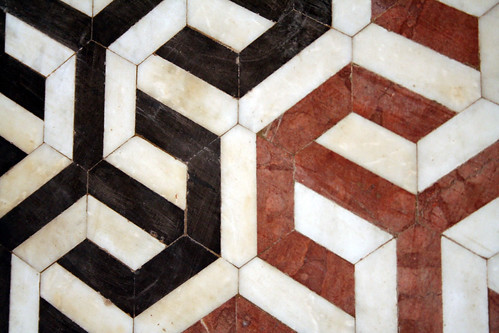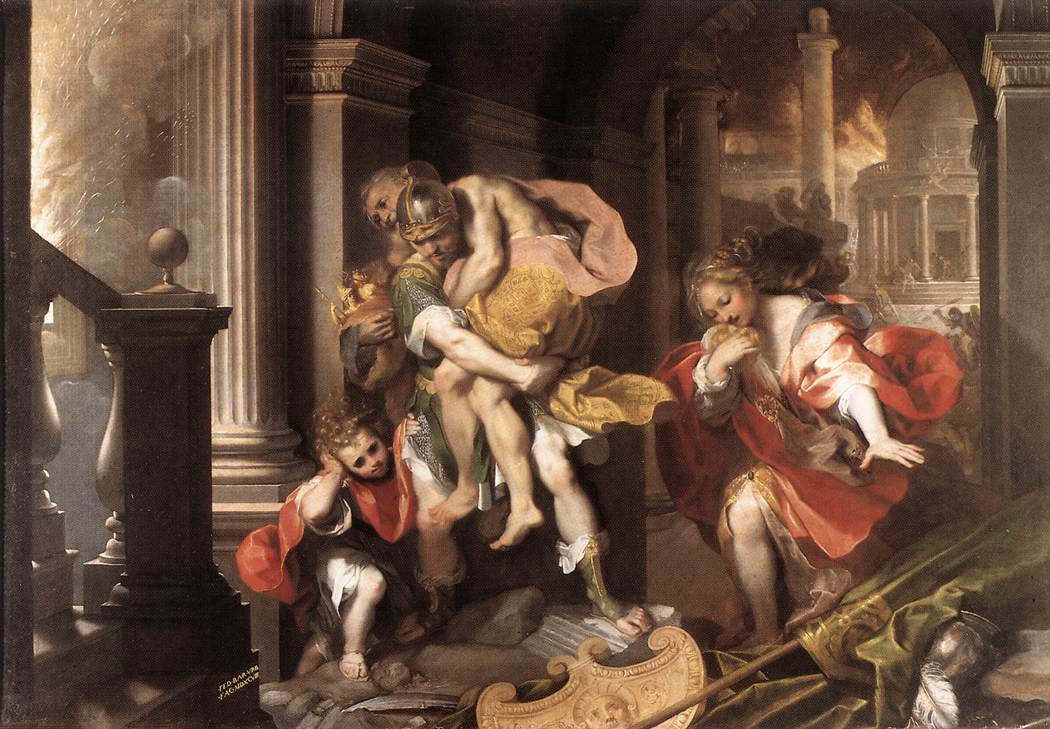
Teacher makes sure his class won't make students 'vomiturus'
By IAN GILLESPIE The task, as Neil Tenney explains to his students, is straightforward. Match the English expression in the left-hand column to the Latin phrase onthe right.
Let's take No. 3, for instance.
"Are you dissing me?"
After scanning the list of phrases, one student volunteers an answer. "Insultasne tu mihi?"
Correct.
Tenney moves on to No. 4. "I'm going to hurl."
After a few murmurs of delight from the Grade 12 students, somebody offers the Latin translation. "Vomiturus sum."
Correct.
It's just another Tuesday morning class of Latin studies at London's Southsecondary school. If you think the content is unusual (vomiturus?), you'd be wrong: Like mostteachers, Tenney tries to make the topic fun and interesting to a generationweaned on video games, i-Pods and a galaxy of other entertainment options.
But if you think the class itself is unusual -- well, you'd be right. Because Tenney is the last remaining Latin teacher in London's secondarysystem -- including both the Thames Valley District school board and theLondon District Catholic school board. (According to spokesperson John Boles, the Catholic board last offered Latincourses in 1998.)
And with Tenney retiring at the end of June after 30 years of teaching, doesthat mean Latin is on its London deathbed?
Well, not quite. Tenney will be replaced by another teacher at South whenthe school year begins anew in September.
But there's no doubt the study of Latin is slowly going the way of the dodo. And by that I mean, extinct. (Which is derived from the Latin exstinguo,exstingui, exstinctum, meaning to extinguish or put out.) There was a time, of course, when almost any student worth their academicsalt could give you the meaning of "carpe diem" without the benefit of the1989 film The Dead Poet's Society. In fact, there was a time when manystudents might've told you the entire quotation is from Horace, and readslike this: "Carpe diem, quam minimum credula postero." ("Seize the day,trust as little as possible in tomorrow.")
When it comes to pinpointing the cause of the decline in Latin studies, somehistorians cite Ontario's Hall-Dennis Report which, when it was released in1968, recommended most secondary school courses -- including Latin -- beremoved from the compulsory list. Add to that a high school stint shortened from five years to four years, adwindling list of optional opportunities and the declining popularity ofliberal arts courses (and an accompanying emphasis on courses connecteddirectly to finding a job), and you've got a recipe for decline (which isfrom the Latin, "detrecto.").
But today, about 55 South students are the only local high-schoolers stillplugging away at declensions, conjugations and Virgil. "It's really a constant, ongoing battle," says Tenney. "And I would justhate to see it go by the wayside."
It's not just Tenney's necktie (it depicts Rome's venerable Coliseum) thatbetrays his passion for a language spoken by Romans from about 1000 BC to500 AD. On the door of his classroom hangs a sign that states: "LinguaLatina Vivat." ("May the Latin Language Live," or more simply, "Long LiveLatin.")
If prodded, Tenney will explain that between 60 and 70 per cent of all English words come from Latin, and 80 per cent of words in the so-calledRomance languages (Spanish, French, Italian, Romanian and Portuguese) arederived from Latin and that its study has been linked to greaterpost-secondary academic success.
But according to Tenney, one of the main reasons to study Latin is toimprove one's communication skills -- something Tenney says "many people dont seem to have anymore." "I think basic language skills are life skills," he says. "The way you speak the way you write, even the way you think . . . makes an impression onpeople. And Latin plays a huge role in that." But it's more than just language.
During this 80-minute class, Tenney andhis students repeatedly refer to the poetry of Horace. And those references highlight some of the poet's philosophical views, including his belief that material possessions "cannot calm the soul." Instead, Horace wrote that we should pursue the simple pleasures.
That doesn't sound like a dead language to me. That sounds more like, "Advitam paramus." ("We are preparing for life.")
 We at the MSCU wish everyone a happy and safe Canada Day.
We at the MSCU wish everyone a happy and safe Canada Day.







 Dr. Matthew Driscoll
Dr. Matthew Driscoll


 This week's word: Hagiography
This week's word: Hagiography




